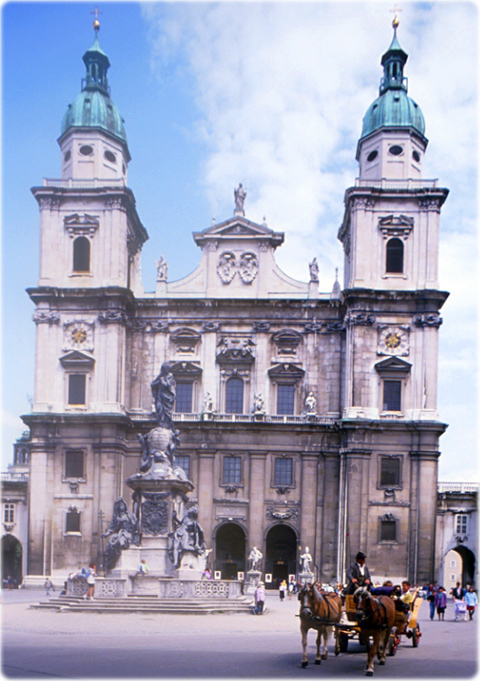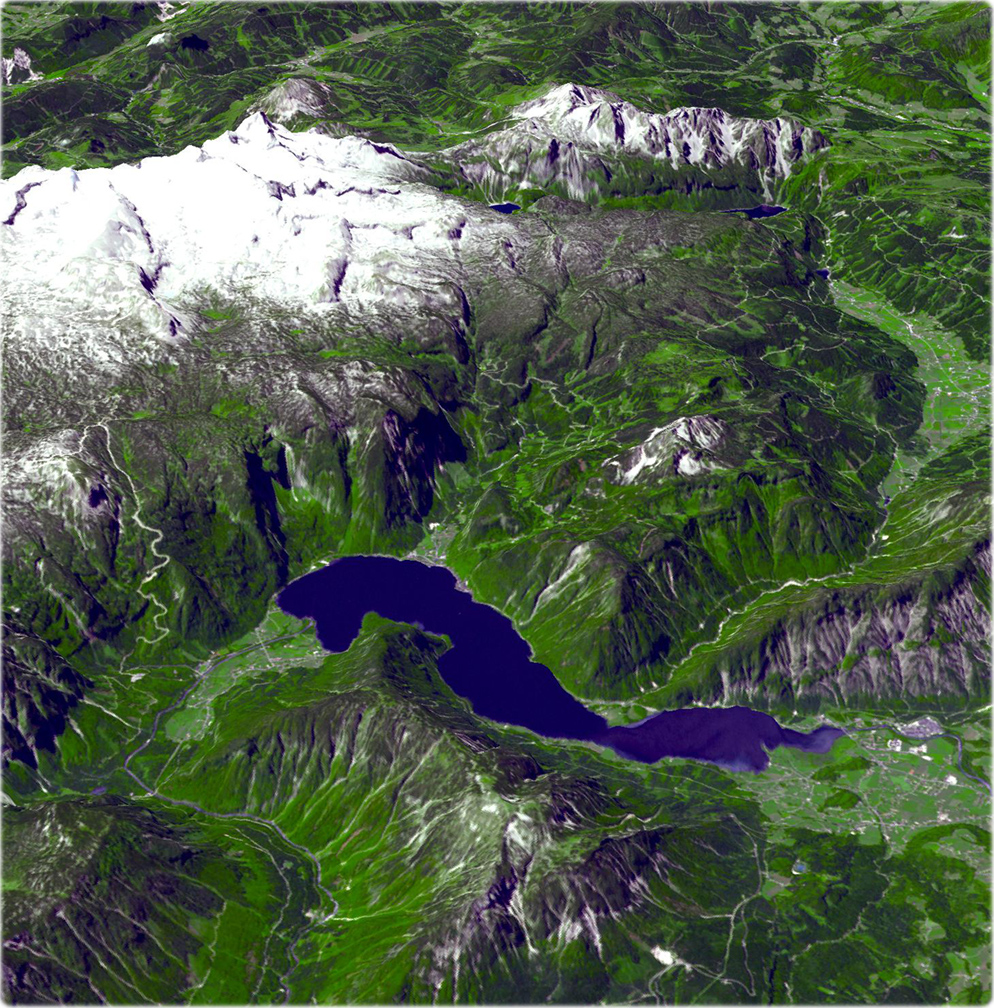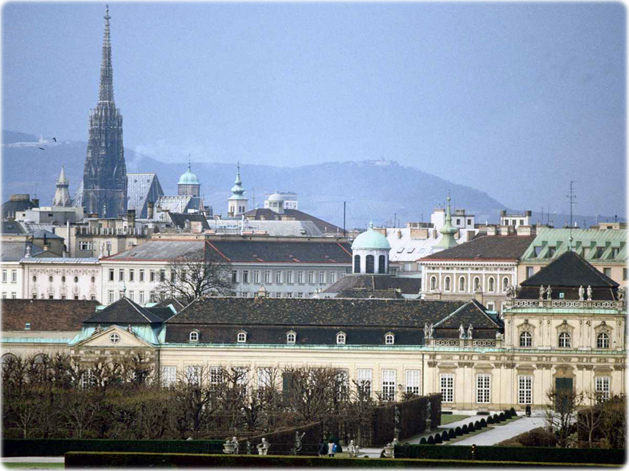
General Information about Austria


Once the center of power for the large Austro-Hungarian Empire, Austria was reduced to a small republic after its defeat in World War I. Following annexation by Germany in 1938 and subsequent occupation by the victorious Allies in 1945, Austria's status remained unclear for a decade. A State Treaty signed in 1955 ended the occupation, recognized Austria's independence, and forbade unification with Germany. A constitutional law that same year declared the country's "perpetual neutrality" as a condition for Soviet military withdrawal. Following the Soviet Union's collapse in 1991 and Austria's entry into the European Union in 1995, some Austrian's have called into question this neutrality. A prosperous, democratic country, Austria entered the European Monetary Union in 1999. The capital is Vienna.
Ethnic groups: German 88.5%, indigenous minorities 1.5%
(includes Croatians, Slovenes, Hungarians, Czechs, Slovaks, Roma), recent
immigrant groups 10% (includes Turks, Bosnians, Serbians, Croatians) (2001).
Languages: German (official nationwide), Slovene (official in Carinthia),
Croatian (official in Burgenland), Hungarian (official in Burgenland).
Climate: Temperate; continental, cloudy; cold winters with frequent rain
and some snow in lowlands and snow in mountains; moderate summers with
occasional showers.
Administrative divisions: 9 states (Bundeslaender, singular - Bundesland);
Burgenland, Kaernten, Niederoesterreich, Oberoesterreich, Salzburg, Steiermark,
Tirol, Vorarlberg, Wien.
Terrain: In the west and south mostly mountains (Alps); along the eastern
and northern margins mostly flat or gently sloping.
(Source: CIA - The World Factbook)

Rooftops and the spire of the Cathedral of Vienna.
|
Copyright © Geographic Guide - Maps World, European Continent. |
Hallstatt, Austria. Human activity in the magnificent natural landscape of the Salzkammergut, Austria began in prehistoric times, with the salt deposits being exploited as early as the 2nd millennium B.C. This resource formed the basis of the area's prosperity up to the middle of the 20th century, a prosperity that is reflected in the fine architecture of towns like Hallstatt. Large parts of the region were listed as a World Heritage Site in 1997. This ASTER perspective view was created from data acquired June 22, 2003, published by NASA.

Landscapes of the mountains of Austria.

The Cathedral in Salzburg, Austria. In 1997, the city was included in the UNESCO's world heritage list.